What Is Payment on Account & How to Pay It?
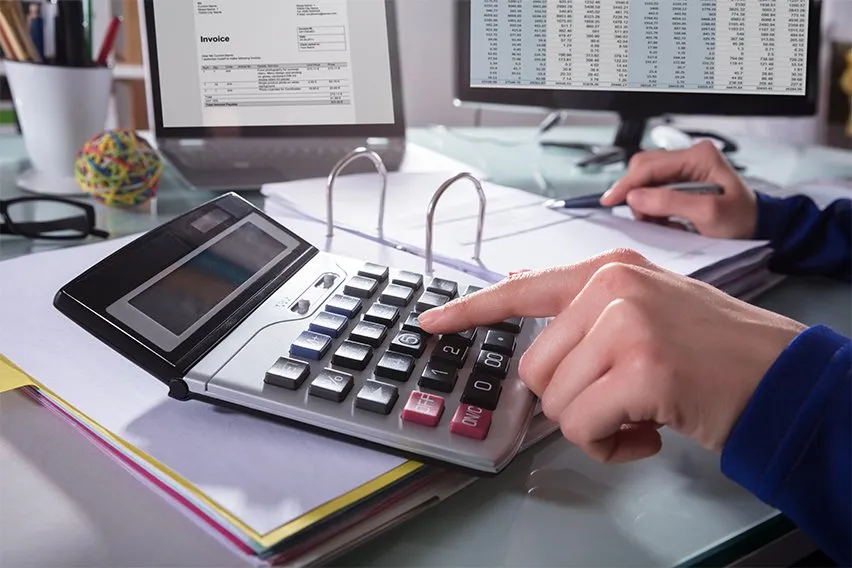
An accounting strategy and maintaining accurate records are critical components to any business. You might use different payment accounts, take advance payments or varying financial arrangements. But your accounts payable and accounts receivable are what keep your business moving forward. You also want to make sure that payments get classified so you can reconcile your accounting ledgers at month-end and year-end.
And for people who are self-employed, keeping detailed accounting records can be an important thing to do when it comes to taxes. There are certain taxes that you might have to pay depending on the type of business that you operate and the industry that you are in. Payment on account refers to the payment arrangements that some self-employed people make for their taxes.
Let’s take a deeper look into what payment on account is and how to pay it.
Here’s What We’ll Cover:
How Can You Pay Your Payment on Account?
What Is Payment on Account?
HMRC designed the concept of payment on account to try and help those that are self-employed stay on top of tax payments. It’s meant to ensure that there isn’t too much benefit from paying tax in arrears. Basically, it allows people who are self-employed to make a partial payment towards their tax bill every year in advance.
The payments get made by any self-employed Self Assessment taxpayers to spread out the cost of any tax that’s upcoming for the year. Payment on account gets calculated based on the tax you paid in the previous years’ income. The deadlines to pay are 31 January and 31 July, and you can pay them in two different instalments.

It can be helpful to have enough funds set aside since the first instalment is due the same day your Self Assessment tax return gets submitted. It can be easy for payment on account to catch self-employed people off guard.
There’s stress that comes with completing and submitting your Self Assessment, so it can be easy to see how payment on account can sneak up on you. Plus, it’s no fun getting a bill that ends up being much higher than you expected.
Payment on Account Example
Typically, the two payments on account are going to be around 50 per cent of what your previous tax bill was. The government website uses the following calculation as an example.
Let’s say your tax bill for 2020/2021 was £3,000 and you made two separate payments on account of £900 each, or £1,800 in total. The total tax you would have to pay by midnight on 31 January 2022 would be £2,700.
Here’s what it would include:
- Your balancing payment of £1,200 for the 2020 to 2021 tax year (£3,000 – £1,800 = £1,200)
- The first payment on account of £1,500 towards your 2021 to 2022 tax bill, which is half your 2020 to 2021 tax bill
- You will have to pay the second payment on account of £1,500 by midnight on 31 July 2022
But, if your tax bills ended up being more than £3,000 then you will need to make a balancing payment. This will settle the bill and the payment needs to be made by 31 January 2023.
Payments on account do not include Capital Gains Tax or student loan repayments. But they can include Class 4 National Insurance Contributions. It’s also worth noting that there are two instances where you won’t need to make a payment on account to HMRC.
- If your tax bill for the previous year ended up being less than £1,000 after PAYE
- If 80% or more of your tax got deducted at source through PAYE

How Can You Pay Your Payment on Account?
There are few different ways that you can pay your payment on account, it just depends on your preferred payment method. And regardless of your payment arrangement, make sure that you have your Unique Taxpayer Reference (UTR) number. Here are some of the ways that you can pay your Self Assessment payment on account.
- Online using a corporate credit card or debit card
- With a bank transfer or direct debit
- At your building society or financial institution
- By sending a cheque through the post
Make sure that you make your first payment on account no later than 31 January. This will give you the chance to pay it at the same tie that you clear your tax bill from the previous year. Then, your second payment needs to get made no later than 31 July.
Key Takeaways
The good news is that payments on account can be simple when you have the right information. You can also check on your payment status throughout the year by signing into your personal tax account. All you need is your Government Gateway ID and then you can view your latest Self Assessment return.
If you end up having some trouble making payments, make sure that you contact HMRC as soon as possible. You can even use their Time to Pay service and set up payment arrangements. HMRC wants to help taxpayers clear tax debt as soon as they can.
But, there can be a lot to know. So if you’re still unsure, contact an accountant, tax professional or HMRC directly for help.
Did you enjoy reading this guide? Head over to our resource hub for more great content!
RELATED ARTICLES

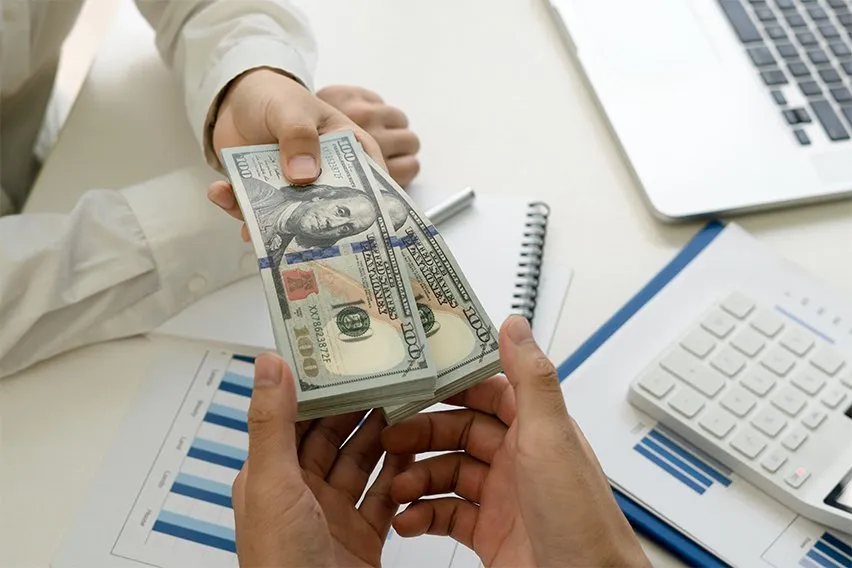 What Is A Cash Advance?
What Is A Cash Advance?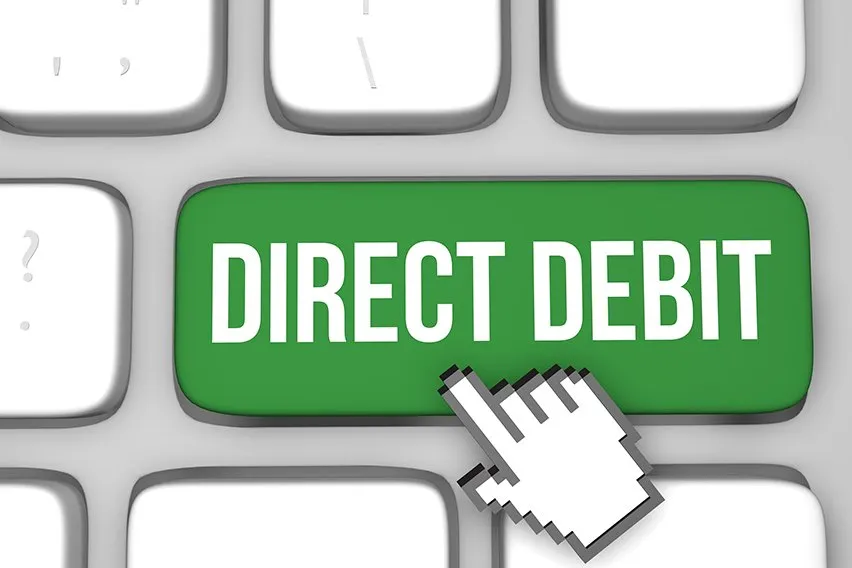 What is the Direct Debit Guarantee?
What is the Direct Debit Guarantee?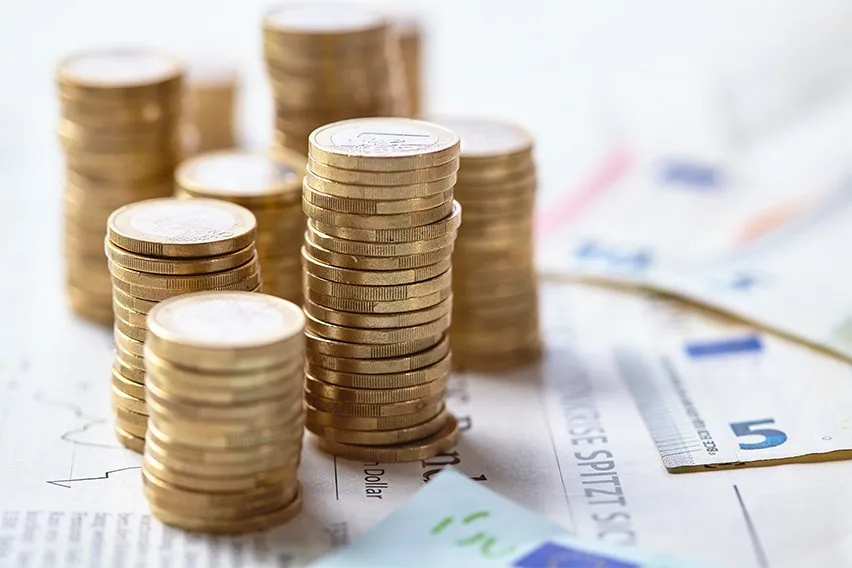 What Are Capital and Reserves & How to Calculate in Balance Sheet
What Are Capital and Reserves & How to Calculate in Balance Sheet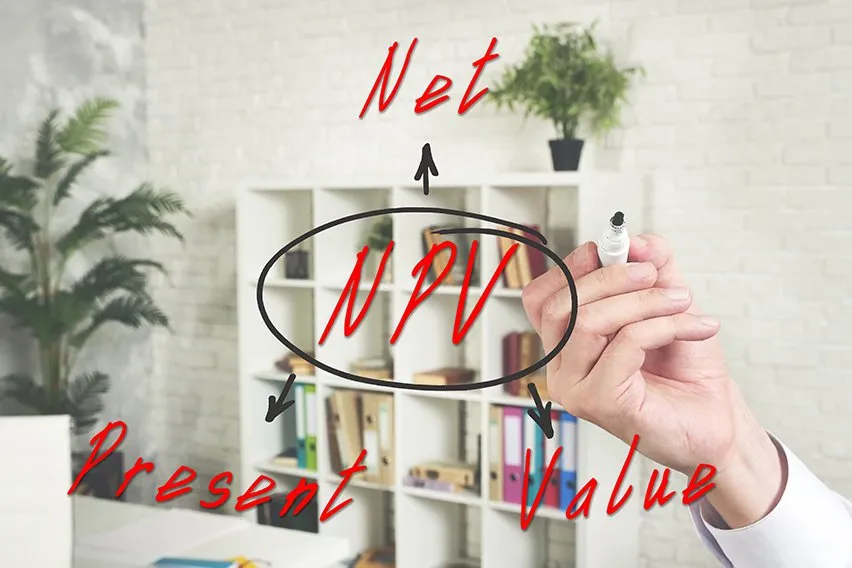 Learn How to Calculate NPV (Net Present Value)
Learn How to Calculate NPV (Net Present Value)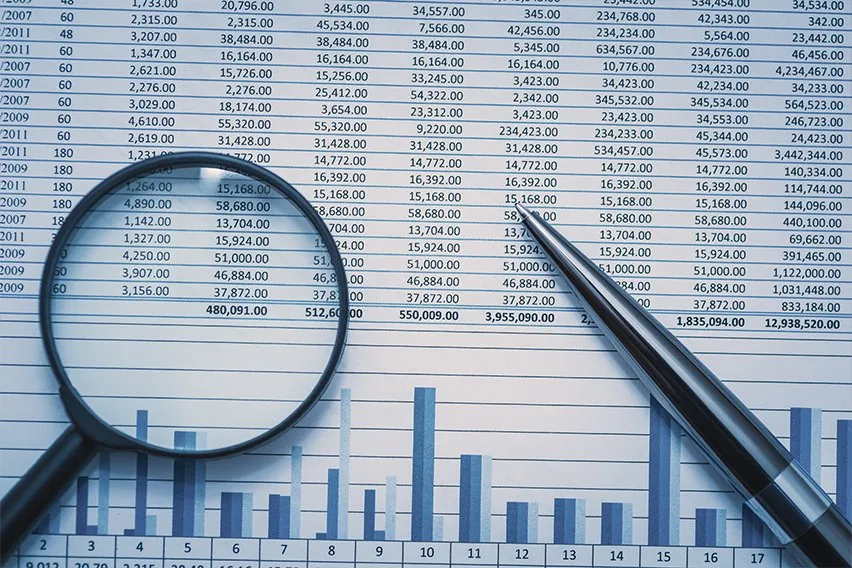 What is Forensic Accounting?
What is Forensic Accounting?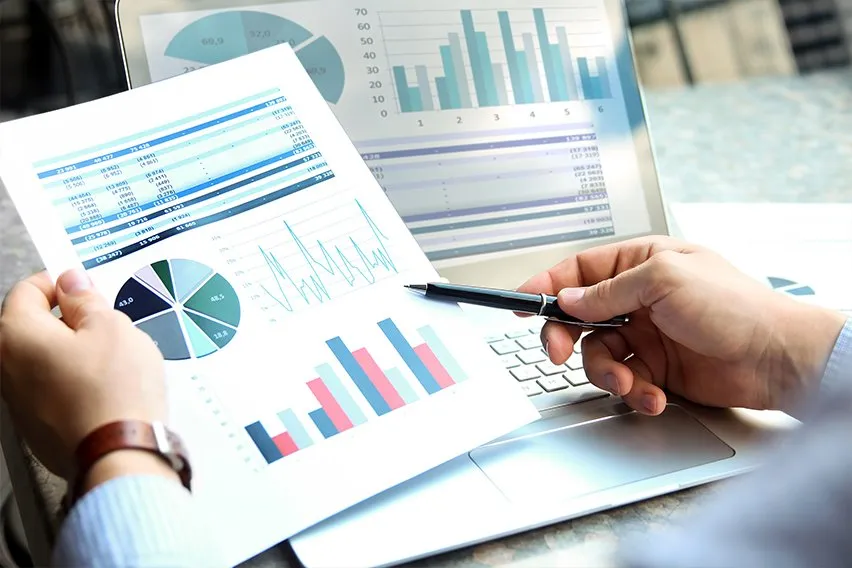 What is Sharpe Ratio? An Extensive Guide
What is Sharpe Ratio? An Extensive Guide